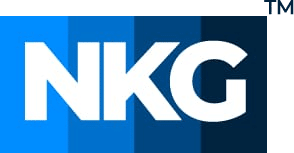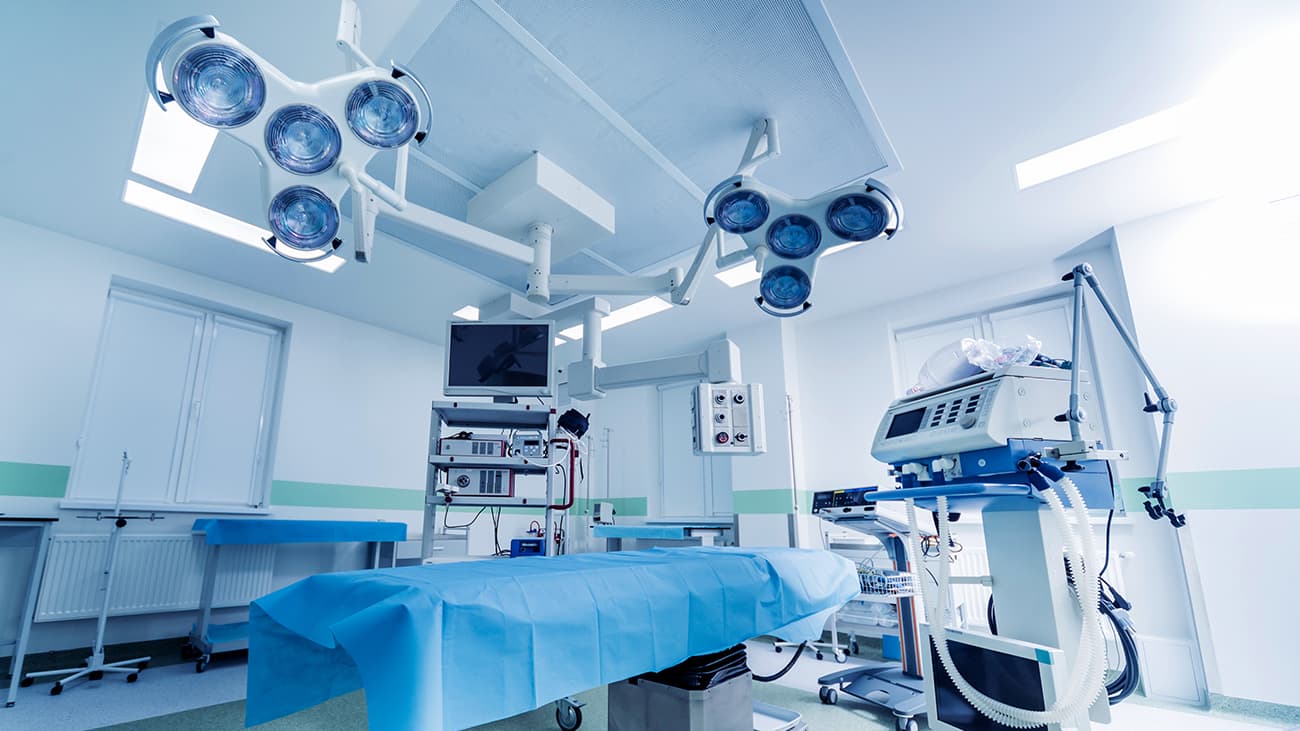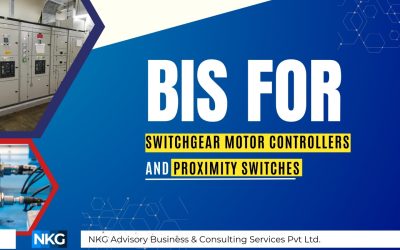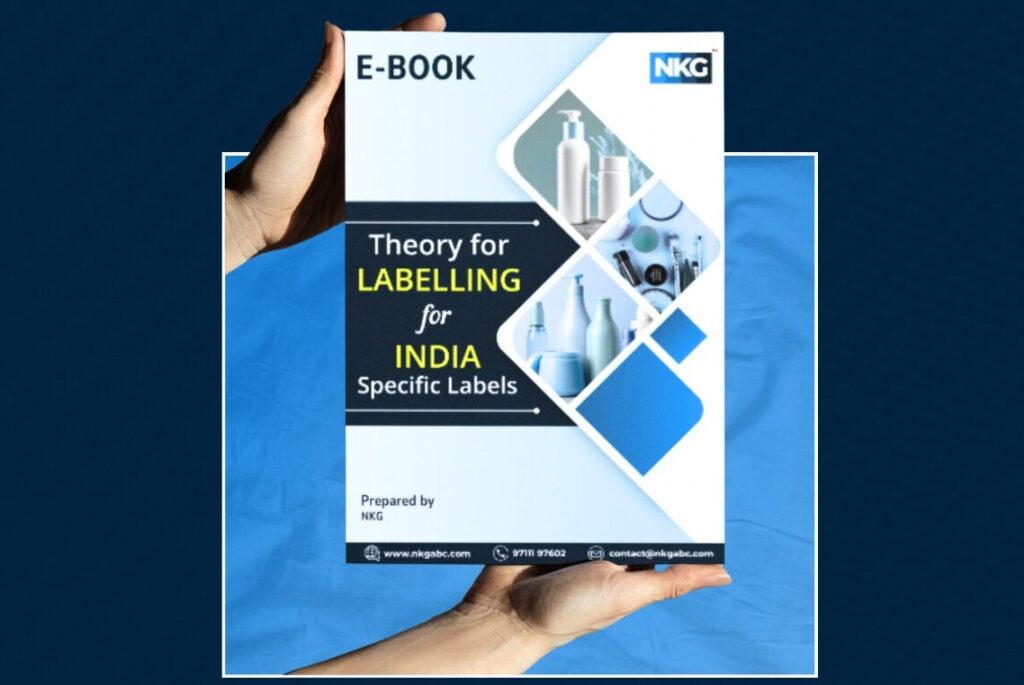Central Drug Standards Control Organization (CDSCO) is the regulatory body of India whose main task is to make laws, rules, regulations, and standards to control the marketing of medical devices. CDSCO works under the Ministry of Family Health and Welfare to regulate how a medical device should be marketed in India, the licenses required to sell or distribute the devices, penalties, and the fines one can face if one fails to comply with these standards. India follows the Medical Device Regulation 2017, Drug and cosmetic act and rules, legal metrology act, and device-specific standards the manufacturer and importer need to comply with if they want to sell and distribute their medical device successfully. Medical devices directly impact the population’s health; CDSCO keeps a sharp eye on the manufacturing, supply chain, raw material, and technology used in the manufacturing, labeling, storage, and sale of medical devices. CDSCO wants to ensure that all the medical devices present in the market should be safe, high quality, and effective when used by the intended population. Thus, CDSCO keeps amending the rules and releasing notices to help the manufacturers and importers to be updated with the ongoing regulatory changes. In the year 2020 government of India released a notification on the newly notified medical devices, in continuation of a notice released earlier that year. It states that all the Class B notified medical devices now need a license; thus, the people selling, manufacturing, and importing it now mandatory for them to have a registration license.
What is Medical Device?
CDSCO follows the medical device rule,2017 to regulate medical devices, and it defines the medical device as:
Medical devices are defined as instruments, apparatus, appliances, implants, materials, etc., which can be used alone or in combination, such as software, or accessory, that are intended to be used for humans or animals, which helps in
- Diagnosing, preventing, monitoring, treating, or mitigating any disease, disorder, condition, injury, or disability
- Investigation, replacement, modification, or support of the anatomy or physiological process
- Supporting or sustaining the life
- Medical device disinfection
- Conception control
Classification of medical devices:
Medical device rule 2017 classifies the medical device into four classes depending on the risks involved, contact with the body, etc., namely:
Risk Class | Risk Involved |
Class A | Low risk |
Class B | Low-moderate risk |
Class C | Moderate high risk |
Class D | High Risk |
Few examples of class B notified medical devices:
Contact lenses: Contact lenses are categorized as medical devices as they are thin, clear plastic disks that are worn directly on the cornea of the eye, adjacent limbal or scleral areas to correct refractive errors and help the eyes to perform their functions by adding or subtracting the focusing power of the cornea of the eye and lens or just for the decorative purpose, i.e. to change the appearance of the eye. They do the same function as eyeglasses and thus are used as alternatives that correct the vision depending on the eyes and lifestyles. Contact lenses are not used alone; they have a few other things added to disinfect them since they are reusable.
Contact lens disinfecting solution: It is an aqueous solution to remove the debris collected on the lens during continuous use. The disinfectant is intended to clean the contact lens so it can be used again.
Pulse oximeters–A pulse oximeter is an electronic medical device used to measure the oxygen saturation in the patient’s blood. The device is usually placed on the fingertip and uses the light beam to estimate the saturation of oxygen in the blood, which gives information about the amount of oxygen carried in the blood.
Cannula–A cannula is a medical device that is a thin tube that the doctors insert into a patient’s body cavity, which could be their nose or vein. The cannula can be used to drain fluid or administrator medication or oxygen.
Sphygmomanometer–Sphygmomanometer is a medical device used to measure the patient’s blood pressure. It consists of the cuff wrapped around the patient’s upper arm and inflated to stop the blood flow in the patient’s artery. It can be used pre- or post-surgery.
Plaster/bandages–Plaster or bandages are used as medicative dressings that consist of a film and spread with a usually medicated substance. It is mainly applied when a bone is broken in an arm or leg to keep it in place and helps to heal the fracture.
First aid kits –The first aid kit, also called a medical kit, can be defined as a box containing various medical supplies for emergency cases such as cuts, scrapes, injuries, etc. It mainly consists of bandages, gloves, a sphygmomanometer, etc. the main aim of the first-aid kit is to provide first-aid treatment till the patient reaches to hospital.
Spirometers–A spirometer is a medical device mainly used to measure the lungs’ capacity, i.e., it is a pulmonary device. The main objective of a spirometer is to measure lung function, especially the amount and speed of air the lungs can inhale and exhale. It helps doctors to identify conditions such as asthma, chronic obstructive pulmonary disorder (COPD), etc.
Blood glucose monitors–A blood glucose monitor is a medical device used to measure blood sugar levels. It is a small medical device consisting of a pen with a pointed needle that is used to puncture the skin to get the blood, then blood is transferred to a small chip that reads the blood sugar levels.
Motorized wheeled stretcher – Intended to transfer the patient into a horizontal position as an assistant in case of injury or disability with a motorized mechanism.
Microscope – A microscope is a device used to observe those objects that are too small to be observed through the naked eye.
Examples – ENT surgical microscope, neurosurgical microscope, etc.
Syringe – A syringe is a simple reciprocating pump consisting of a plunger that can fit tightly within a barrel and a cylinder tube. The plunger can be pulled and pushed inside the tube, allowing the syringe to take in and expel liquid or gas through a discharge orifice at the front end of the tube.
Examples of class B syringes – Aspiration syringes, insulin syringes, traditional single-use syringes, etc.
Infusion set – The infusion set is a medical device that helps delivers insulin into the body. It connects the pump that delivers the insulin to the body. Inside the cannula, the needle is housed in a tiny plastic tube that is placed under the skin in the subcutaneous fat. The needle is used to puncture the skin, after insertion needle is removed and the cannula remains in place.
Class of above-mentioned devices – Above mentioned devices are Class B as they possess low – moderate risk and one needs to be careful while using them.
Forms required to manufacture or import Class B notified medical devices in India:
FORMS | DESCRIPTION | FEES |
Form MD-3 | Application form to manufacture class B notified medical devices in India. |
For one site, INR 5000 and INR 500 for a medical device unit. |
Form MD-4 | Application form for loan license to manufacture class B notified medical devices in India. | |
Form MD-5 | Permission to manufacture class B notified medical devices in India. | |
Form MD-6 | Permission for loan license to class B notified medical devices in India. | |
Form MD-14 | Application to import class B notified medical devices in India. |
$2000 for one site and $1000 for one medical device unit. |
Form MD-15 | Permission to import class B notified medical devices into India. |
Steps to manufacture or import class B notified medical devices in India:
Step 1: Check if your device classifies as a notified medical device mentioned by CDSCO.
Step 2: Classify the medical device based on the risk.
Step 3: The Class B notified medical device manufacturer needs to fill the form MD-3, and the importer needs to fill out form MD-14.
Step 4:The importer needs to appoint the Indian authorized agent, per the MDR,2017 rules, as the manufacturer’s legal representative who will look out for all the manufacturer’s official work if the manufacturer is not a resident of India.
Step 5: The applicant must submit the documents as per their category, i.e., manufacturer or importer.
Step 6: Manufacturing sites are audited by the notified body within 90 days, whereas there is no such step for the importer.
Step 7: If the State licensing authority is satisfied with the documents submitted by the applicant, then they grant the permission to manufacture class B medical devices in form MD-5, and CDSCO grants the permission to import in Form MD-15.
Step 8: Class B medical devices, once registered under CDSCO now they can be marketed and ready for sale.
Documents for Manufacturers of Class B notified medical devices:
- Cover letter
- Constitution details of the manufacturing firm or authorized agent
- The Establishment /Site ownership /Tenancy Agreement.
- Copy of Duly notarized valid copies of Quality Certificate in respect to manufacturing site(s), if any;
- Certificate copy supporting quality management system (ISO: 13485), if any;
- Plant master file
- Device master file
- Test license (for the domestic manufacturer)
- Undertaking that the manufacturing site complies with the quality management system.
For the import license authorized agent needs to submit the following documents:
- Cover letter
- Power of attorney
- Wholesale license
- Free sale certificate from country of origin
- Free sale certificate from any country, namely USA, Australia, Canada, Japan, UK, and European Union countries.
- Inspection or audit report
- Certificates (ISO, full quality certificate, CE design certificate, Declaration of conformity)
- Plant master file (as per appendix I of MDR, 2017)
- Device master file (as per appendix II of MDR, 2017)
- Label and IFU
- Establishment certificate
- Constitution details of the authorized Indian agent.
Conclusion: CDSCO is working continuously to ensure that medical devices are within reach of the large population and are safe and effective. That’s why they keep amending the regulations to keep up to date with the ongoing advances. Since Class B medical devices possess low-moderate risk, CDSCO wants to ensure they are safe to use and benefit the intended population.
Download Checklist of Documents Required for Registration of Medical Devices with CDSCO
These comprehensive set of checklists are designed to help streamline the registration process and ensure that you have all the necessary documentation in place.







